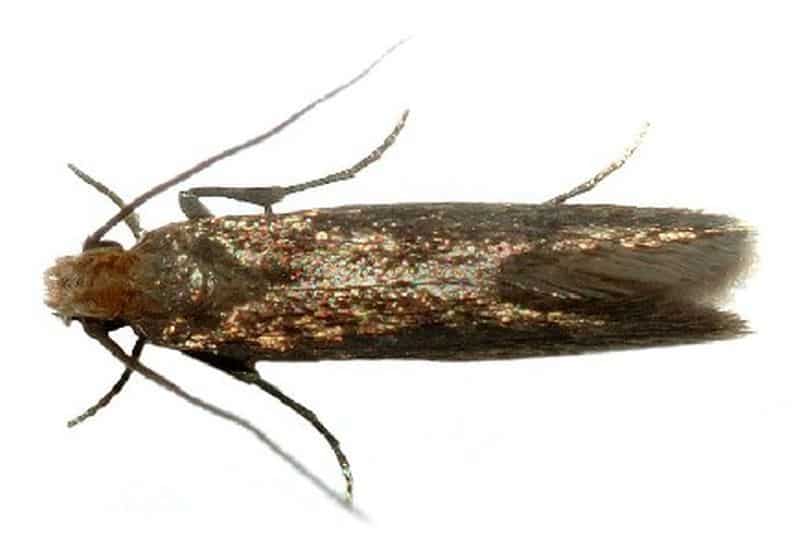The British Isles are resident to around 2500 moth species, of which over 300 species are garden moths. While moths in general are in decline in Britain, one particular species the Common Clothes Moth is seeing an unprecedented rise in its population.
Common Clothes Moth
Interestingly, while the increase in the numbers of the Tineola bisselliella which is the scientific name for the Common Clothes Moth ought to be a cause for celebration, this development is giving many on the British Isles sleepless nights! Indeed it is endangering the survival of all other species of moths in this country. The reason for this lies in the unfortunate reputation that surrounds this tiny creature. Considered a pest, this one centimetre long moth which usually lives of the debris in bird’s nests also thrives in the bedroom cupboards where its diet of choice – fibre – can be found in abundance. The moth larvae eat any natural fibres they can find and tend to favour cashmere, wool and fur.
Their return in large numbers is attributed primarily to ideal breeding conditions encouraged by climate change which is allowing for wetter summers and meeker winters. There are other reasons too which have improved their survival rates. These include the growing popularity of clothing made with natural fibres and the EU ban on a toxic chemical used previously to eliminate them.
The feeding behaviour of the Clothes Moth has led to the popular myth that all moths are pests and must be destroyed immediately.
In an attempt to increase awareness, Richard Fox of Butterfly Conservation notes:
What people don’t realise is only two or three species of moth eat textiles and often it is not even a moth that is responsible but the carpet beetle. There is absolutely no evidence that the population of the clothes moth is booming and a moth which lives in air-conditioned and centrally-heated homes is one of the least likely to be affected by climate change.
Further that:
People who find a moth in their home immediately clobber it with a newspaper assuming it is a clothes moth but the chances are it is completely innocent. The clothes moth is a pest and it gives other moths a bad name but the message has to be learn to love them because they are important to us all.
Despite this concers, the annual National Moth Night when volunteers count the number of moth species in their own gardens proceeded without a hitch.
Fox said:
It is important that people learn to love moths because they are extremely important to our own well-being. They are as vital as butterflies in pollinating our crops and at the same time they provide an important food source for birds and bats.
Read: Telegraph
Image: Wikipedia



